Last week our class visited the Pacific School of Innovation and Inquiry – an independent school in Victoria that focusses on integrating the curriculum, emergent learning, and critical and creative thinking. The founder, Jeff Hopkins spoke about the school’s philosophy at TEDxVictoria in 2014.
My notes after watching this talk:
- Education is not the filling of a pail, but the lighting of a flame.
- Distinction between getting information and actually knowing it
- If education system doesn’t shift, from “knowing about” to “knowing”, making changes for the better in our world could be difficult
- Ingredients in knowing:
- Initial questions -> looking deeper -> new questions
- Reason to learn -> emergent learning
- Need opportunities for deep personal inquiry, hard to do with groups of 30 kids
- Right now – subject silos, but we need to move to more personal competencies
- some have been revised in new curriculum, some not
- (Talk is mostly focussed on secondary school rather than elementary)
- Suggests reorganizing learning – critical thinking, creative thinking, ecological literacy, mathematical literacy
- Combine with high level learning objectives
- This is happening at PSII right now, he has proposed this to the B.C. Ministry of Education
I was really looking forward to the tour, but unfortunately my son was sick that day and I was unable to go. I talked with my classmates after the tour and these were their notes:
- The learners were eloquent, respectful and mature
- They talked about how their learning focussed on independence, time management, collaboration and respect
- There are 95 students in the school, and tuition is $7,200 per year (way lower than I would expect for a private school, but I don’t know much about the funding models for these)
- I didn’t realize there are no more provincial exams in B.C. anymore, just curricular competencies that students need to meet
- Some students found that their large inquiry project did not fulfill all of their curricular requirements so they had to do certain make up courses to fulfill these
- Sometimes this was in the form of additional smaller inquiry projects
- The school doesn’t work for all learners, parents or teachers
- They spend time giving the students a grounding in what inquiry is, something that our teaching program has really lacked even though we currently have 3 inquiry projects assigned to us
- Jeff Hopkins described the inquiry model as an Indigenous way of knowing – the questions the students ask are important to them, their families and their communities
- Students have the opportunity to sit in on UVic courses – I believe either in part or in full?
I may try to make up the tour on my own, my classmates were impressed and inspired by the way learning is happening at PSII

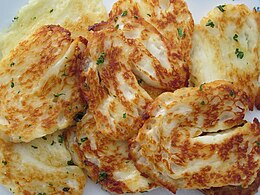
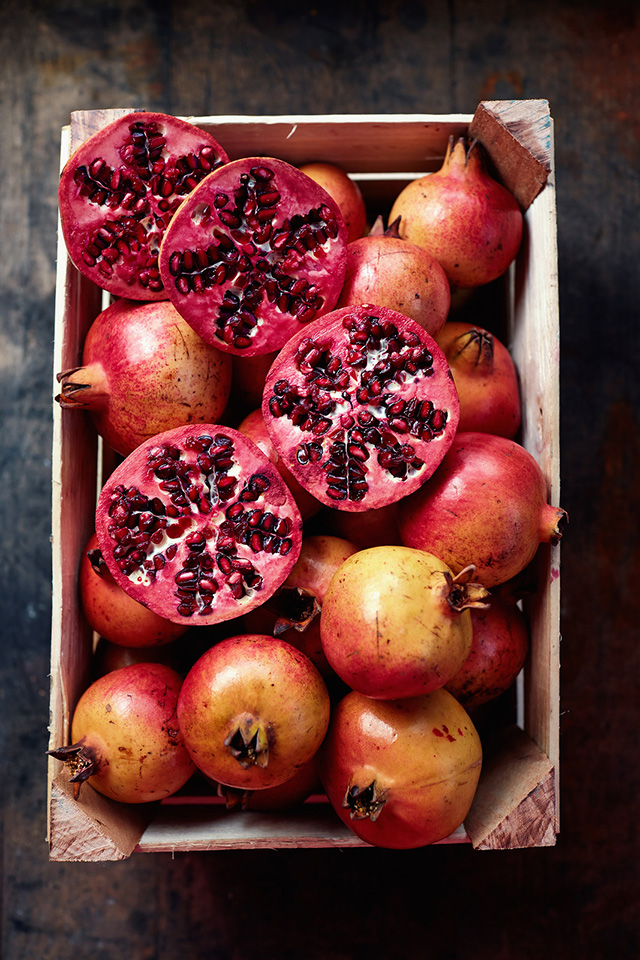
 Pomegranate molasses is a thick syrup made by reducing pomegranate juice. It becomes a sweet, tart and tangy syrup. (It’s not actually molasses at all). It is regularly used in middle eastern cooking, particularly in Iran, Turkey and Lebanon. I bought the Cortas brand again, which it turns out was recommended
Pomegranate molasses is a thick syrup made by reducing pomegranate juice. It becomes a sweet, tart and tangy syrup. (It’s not actually molasses at all). It is regularly used in middle eastern cooking, particularly in Iran, Turkey and Lebanon. I bought the Cortas brand again, which it turns out was recommended 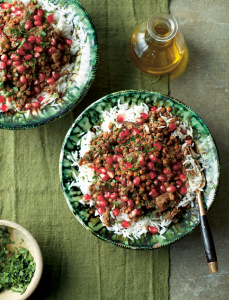

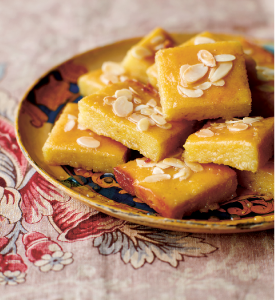
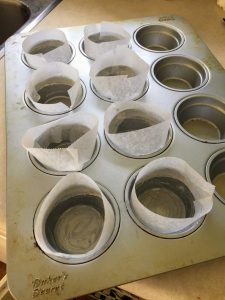
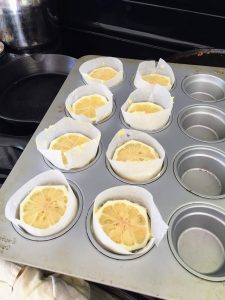 The recipe was super simple to follow and the batter mixed up quickly. It makes 8 mini cakes using a muffin pan. Making parchment collars was a new skill for me, and not one I have totally mastered yet but I am not afraid to try again! The batter has lemon zest in it and each mini cake has a thin lemon slice on top. I had to trim the edges of the slices to get them to fit.
The recipe was super simple to follow and the batter mixed up quickly. It makes 8 mini cakes using a muffin pan. Making parchment collars was a new skill for me, and not one I have totally mastered yet but I am not afraid to try again! The batter has lemon zest in it and each mini cake has a thin lemon slice on top. I had to trim the edges of the slices to get them to fit.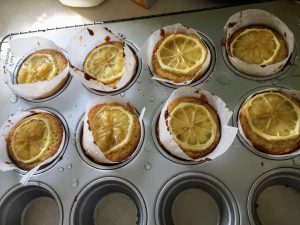 My oven always runs a little cool so I would bake these at 350 rather than 325 next time, but that’s probably different for everyone. It just took a little extra time to back and I never got the caramelization on the lemons that the recipe called for.
My oven always runs a little cool so I would bake these at 350 rather than 325 next time, but that’s probably different for everyone. It just took a little extra time to back and I never got the caramelization on the lemons that the recipe called for. At my dad’s house the cakes were a major hit. The recipe suggested serving them with yoghurt or creme fraiche, but we went with whipped cream just to be a crowd pleaser. I found I like the cake plain though to really let the rose water flavour come through. The tops of the cake, which had the most syrup were the best part. My dad, granny, cousin and husband all loved the cake. The kids were a little more fond of the whipped cream. But the adults even gobbled up the lemons from the top.I will make these again, or probably try the Zaitoun recipe first, but this is definitely worth a repeat. I would like try it as a round cake though rather than the minis. I would use parchment on the bottom of the pan too because I had a lot of sticking even with liberal butter on the pans. I would make double the amount of syrup to make sure the cakes were drenched all the way to the bottom with syrup. Yum!
At my dad’s house the cakes were a major hit. The recipe suggested serving them with yoghurt or creme fraiche, but we went with whipped cream just to be a crowd pleaser. I found I like the cake plain though to really let the rose water flavour come through. The tops of the cake, which had the most syrup were the best part. My dad, granny, cousin and husband all loved the cake. The kids were a little more fond of the whipped cream. But the adults even gobbled up the lemons from the top.I will make these again, or probably try the Zaitoun recipe first, but this is definitely worth a repeat. I would like try it as a round cake though rather than the minis. I would use parchment on the bottom of the pan too because I had a lot of sticking even with liberal butter on the pans. I would make double the amount of syrup to make sure the cakes were drenched all the way to the bottom with syrup. Yum!

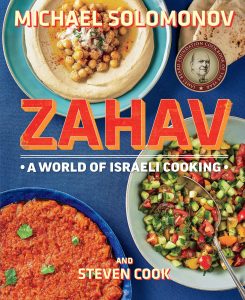
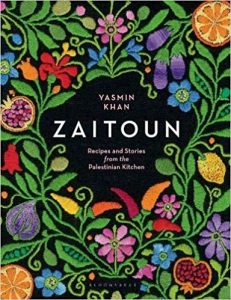
 Recently I went to check the books availability again and some of the Ottolenghi books are available as ebooks. There are a lot of different way to view their digital content, so I chose and downloaded the app for
Recently I went to check the books availability again and some of the Ottolenghi books are available as ebooks. There are a lot of different way to view their digital content, so I chose and downloaded the app for 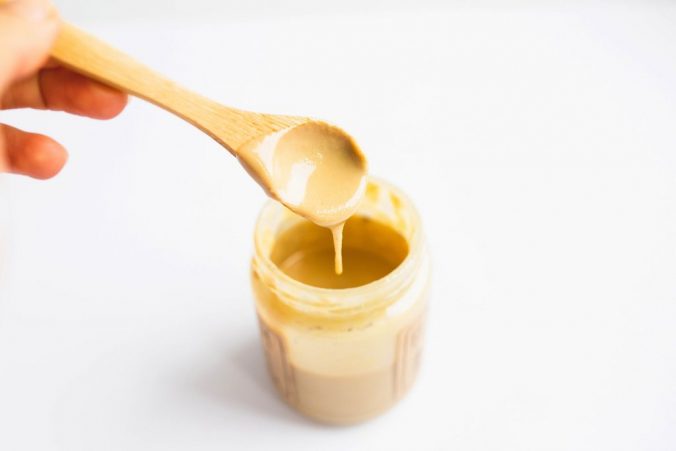
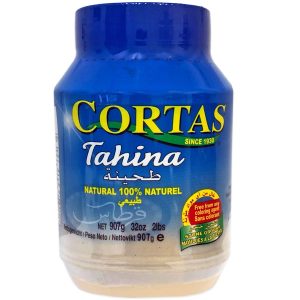 from my regular grocery store, and it would be fairly dry and non-pourable. From my reading in Ottolenghi Simple and Zahav, I learned that all tahini is not made equal, and there are strong regional differences. They recommend Lebanese, Israeli and Palestinian brands, for the creaminess and pour-ability. I went to Fig on Cedar Hill Cross Rd and got one from the Costas Brand. Pourable, creamy and delicious.
from my regular grocery store, and it would be fairly dry and non-pourable. From my reading in Ottolenghi Simple and Zahav, I learned that all tahini is not made equal, and there are strong regional differences. They recommend Lebanese, Israeli and Palestinian brands, for the creaminess and pour-ability. I went to Fig on Cedar Hill Cross Rd and got one from the Costas Brand. Pourable, creamy and delicious.
 My husband gave me a bottle of rose water two Christmases ago (Cortas brand), but I was a little nervous to use it since I know it can be overpowering if you use too much (thank you for the info Great British Bake Off). But I know it is a traditional flavour used in middle eastern cooking, particularly in baking and desserts. So this weekend I decided to go for it.
My husband gave me a bottle of rose water two Christmases ago (Cortas brand), but I was a little nervous to use it since I know it can be overpowering if you use too much (thank you for the info Great British Bake Off). But I know it is a traditional flavour used in middle eastern cooking, particularly in baking and desserts. So this weekend I decided to go for it.
Recent Comments